Jobs Blowout Should Keep the U.S. Dollar Going Higher
- Written by: James Skinner
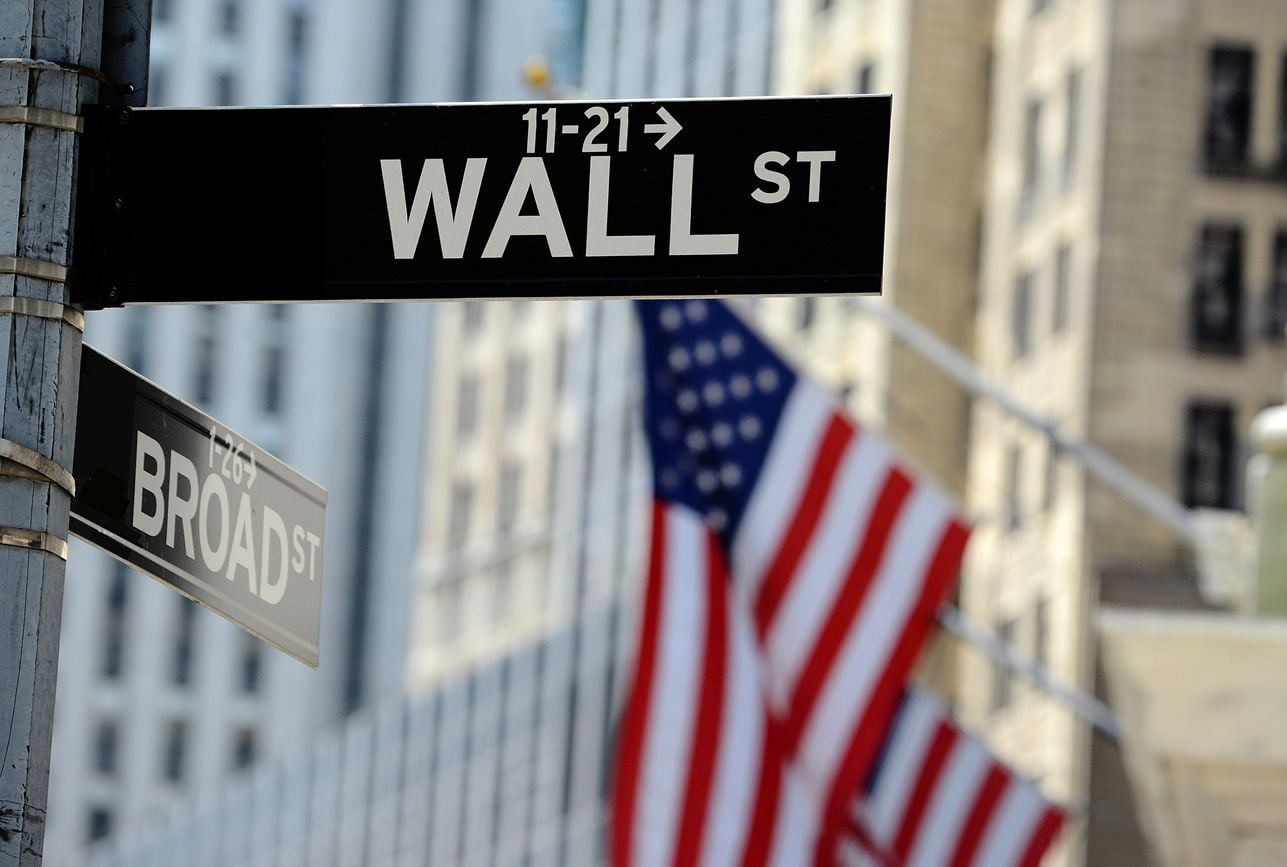
© Robert Cicchetti, Adobe Stock
- U.S. payrolls rise whopping 263k as joblessness hits 50-year low.
- Data enough to keep Dollar uptrend alive says one analyst
- Wages still lacklustre though
- Dollar looking soft ahead of the weekend
The Dollar uptrend is expected to stay alive after a blowout U.S. labour report for April suggests the U.S. economy continues to fire on all cylinders and create healthy new employment opportunities.
The U.S. economy created 263k new jobs during April when markets had been looking for only 181k, while the unemployment rate fell 20 basis points to a 50-year low of 3.6% when economists had forecast it would hold steady at 3.8%.
Analysts at Monex Europe say the big non-farm payroll print suggests the "Dollar uptrend is not over yet."
"The idea that the Fed will, or should, cut rates now looks even more ridiculous than it did earlier in the week, despite the fact that fixed income markets continue to expect one," says Ranko Berich, Head of Market Analysis at Monex Europe. "In the short run, there’s likely to be little to stop the current dollar strength, particularly against the euro, where the much-heralded 'green shoots' of recovery after a dismal Q1 are still looking very green."
The Dollar is half a percent up on the Euro over the course of the past month, and looks set to overturn its deficit against Pound Sterling.
However, on the day, the Dollar didn't make any sizeable move higher, with traders perhaps concerned growth in American wage packets was not nearly as awe-inspiring as that of the jobs tally.
Average hourly earnings grew by just 0.2% during April when consensus was for a 0.3% increase. That should have lifted annual pay growth 10 basis points to 3.3% but, instead, earnings growth remained at 3.2%.
However, and on the downside, the detail contained inside the employment report was not nearly as positive as the headline numbers would suggest, according to some economists.
"The details of the report weren't quite so encouraging, with the decline in the unemployment rate driven largely by a fall in the labour force within the household survey, meanwhile on the establishment survey a slight tick down in average working hours meant that, despite the strong job growth, aggregate hours were down," says Andrew Grantham, an economist at CIBC Capital Markets. "Also, wage growth came in a little light....The mixed messages mean that reaction to the report will likely be limited."
This could explain the Dollar's soft reaction and lacklustre entry into the weekend.
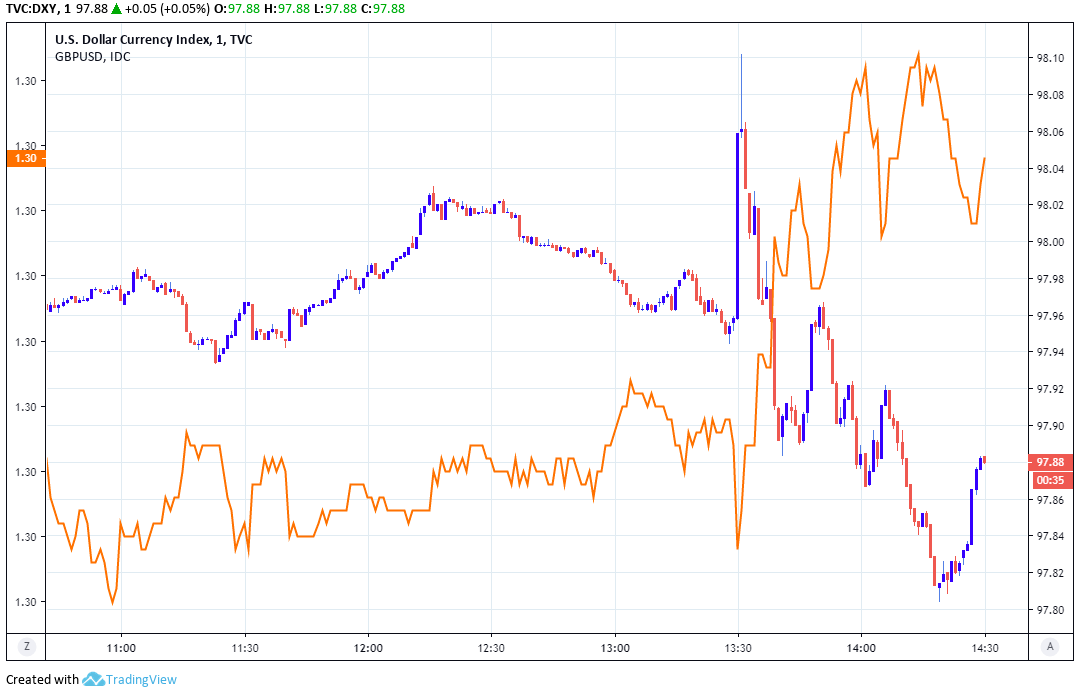
Above: Dollar Index (red & blue) alongside Pound-to-Dollar rate (orange) at one-minute intervals.
Markets care about the labour market data because falling unemployment and improving job creation are thought to put upward pressure on wages.
Pay growth leads to increased demand in an economy and puts upward pressure on inflation, with implications for interest rates and financial markets.
Interest rate decisions are normally taken in accordance with the outlook for inflation but impact currencies through the push and pull influence they exert over capital flows and the opportunities they present short-term speculators.
Rising rates normally encourage capital inflows and a stronger currency while hints of, or speculation about, rate cuts tend to discourage inflows and incentivise outflows. This can lead to a weaker currency.
"Wage growth has been okay, but the 3.2% year-over-year rate in April is still not a pace that would be expected to generate significant upside inflation pressures," says Nathan Janzen, an economist at RBC Capital Markets. "We don’t expect one more month of strong labour market data to change the Fed’s view significantly at this point – and we don’t expect any further rate hikes from the Fed through 2020 in our base-case. But it does reinforce the view that a cut is probably less-likely than is currently being priced into markets."
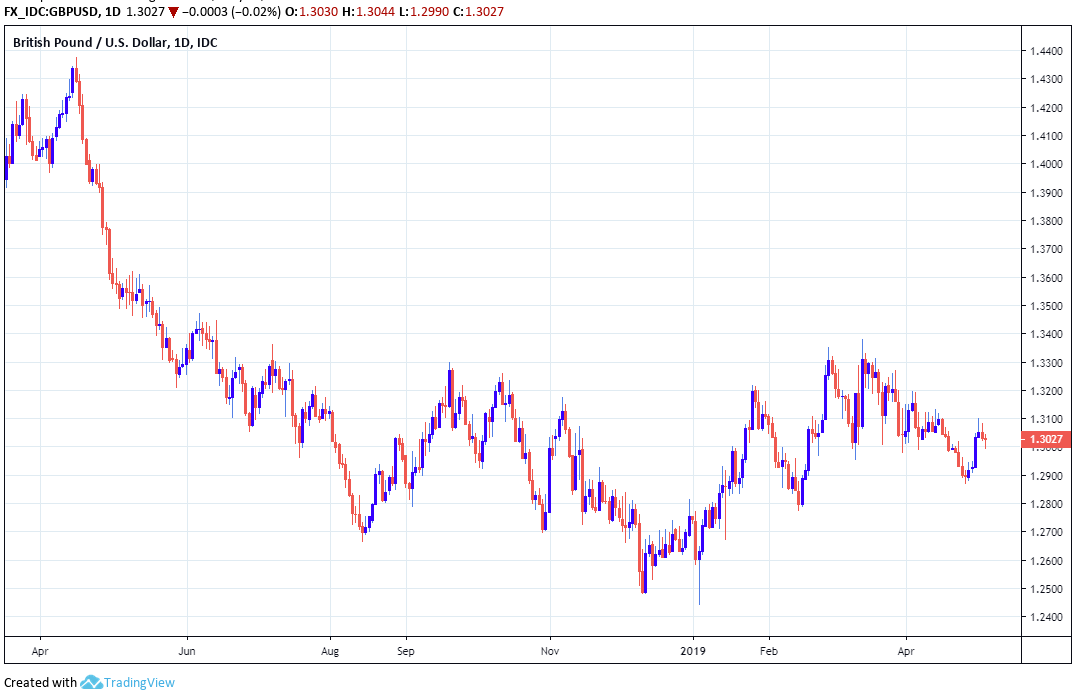
Above: Pound-to-Dollar rate shown at daily intervals.
The Pound-to-Dollar rate was quoted -0.01% lower at 1.3030 following the release Friday, after having pared back a -0.27% loss. The exchange rate is up 2.27% fo 2019, although it had risen by more than 5% at one point in February.
"GBP/USD has recently eroded its short term downtrend and 20 day ma. The intraday Elliott wave count has turned more positive and we would allow for gains to 1.3126 and 1.3188, the 50% and 61.8% retracements. Dips lower should hold around the 200 day ma at 1.2959. Failure here targets the 1.2865 April low and this in turn protects the February low at 1.2772," says Karen Jones, head of technical analysis at Commerzbank.
The Dollar index was 0.08% higher at 97.90 after having pared back a 0.19% gain, but is still up around 2% for 2019. The greenback higher against all G10 rivals during the Friday session.
“The US dollar has rebounded modestly ahead of the release today of the latest nonfarm payrolls report. In a bullish technical development, the dollar index has risen back above the 97.70-level where the highs from November, December and March are located. The US dollar has regained upward momentum following the latest FOMC meeting,” says Lee Hardman, an analyst at MUFG.
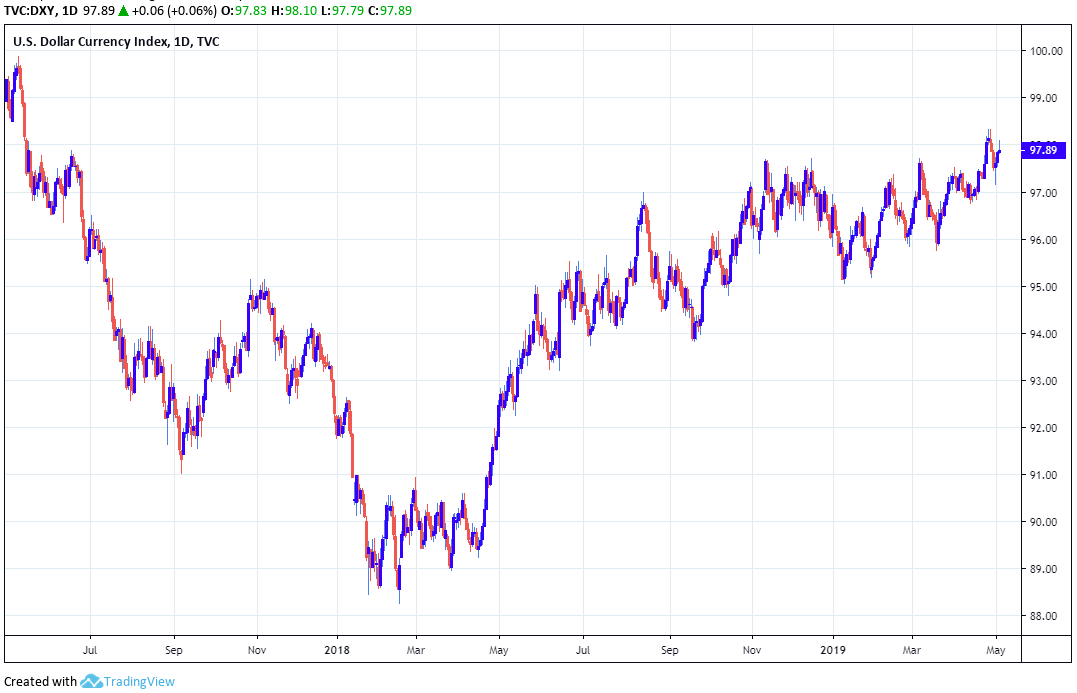
Above: Dollar index shown at daily intervals.
The Federal Reserve appeared to squash market hopes that it will cut its interest rate before year-end, on Wednesday, when it delivered a surprisingly upbeat assessment of the U.S. economic outlook before reiterating its pledge to be "patient" before deciding whether to raise its interest rate again.
Wednesday's message on the domestic economy was decidedly upbeat, with the recent growth performance described as "solid", while making clear the reason for the Fed's newfound patience was mainly "global economic and financial developments".
"The Fed is clearly set to let growth run hot, to sustain core inflation at close to target. However, with growth substantially above trend (3.2% saar in Q1) and signs that weakness in nondurable goods prices is abating, we do not see the FOMC cutting interest rates soon. To do so could risk unbalancing the recovery and fuel asset price inflation. The market is 22.5bps priced for a rate cut in December. We think that expectation is wrong and that it will be priced out in coming months," says Daniel Been, head of FX strategy at ANZ.
The Dollar had softened into Wednesday's meeting due to caution among investors over the signal the Fed might send. This was after markets took the bank's January decision to become "patient" as, at least in part, a sign of unease about the outlook for the U.S. economy.
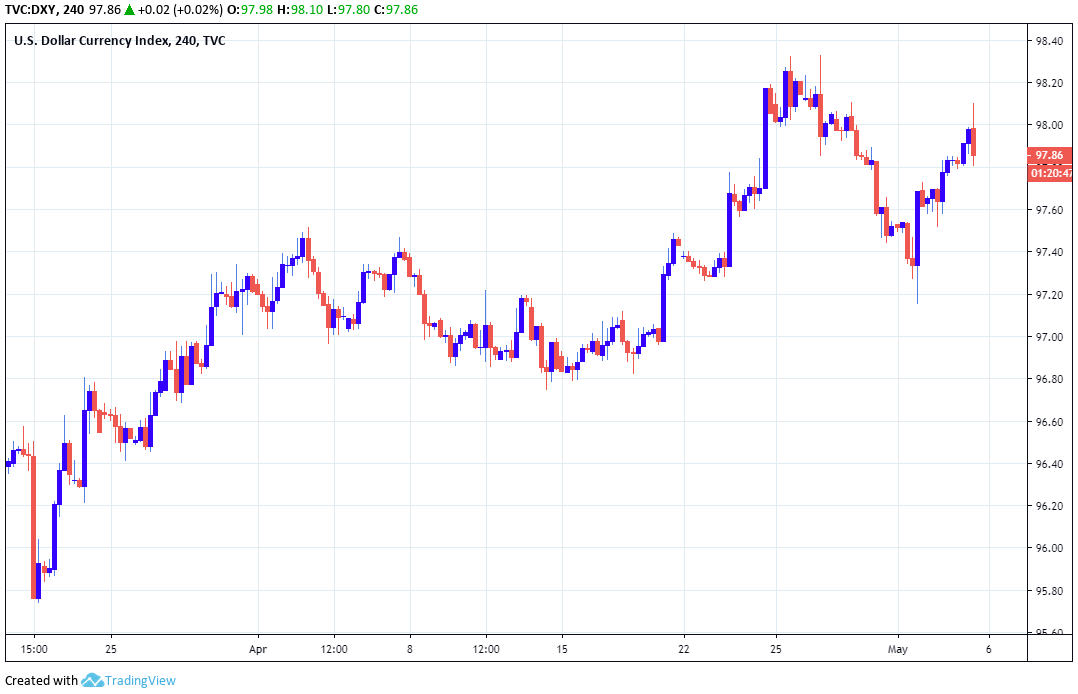
Above: Dollar index at 4-hour intervals. Captures pre and post-FOMC trading.
Consensus now has it that U.S. growth will slow sharply this year, forcing the Fed to contemplate cutting its interest rate toward year-end or in early 2020. However, ANZ's Been and some others in the market say this view will ultimately be proven wrong.
“May’s seasonality is gaining some notice – the DXY gaining in May in eight of the last ten years. With the dollar strong at the moment and EMFX performing on the soft side,” says Chris Turner, head of FX strategy at ING Group. “Today’s NFP could well give this seasonality story a little more legs. Our team look for a strong jobs report in the form of a 175k increase in employment and wages pushing back to a cycle high of 3.4% YoY. This should further see the market adjusting its pricing of Fed Funds this year.”
The Federal Reserve has raised U.S rates nine times since the end of 2015 in the name of keeping inflation pressures under control, during a period when many other G10 central banks have either sat on their hands or even cut interest rates.
The Bank of Canada and Bank of England are the only significant exceptions.
Four of those rate hikes came inside 2018 and helped the Dollar index convert what was once a -4% first-quarter loss into a 4% annual gain, albeit that the Dollar was helped along by a global economic slowdown that took hold in the second half of the year.
Time to move your money? Get 3-5% more currency than your bank would offer by using the services of foreign exchange specialists at RationalFX. A specialist broker can deliver you an exchange rate closer to the real market rate, thereby saving you substantial quantities of currency. Find out more here.
* Advertisement




